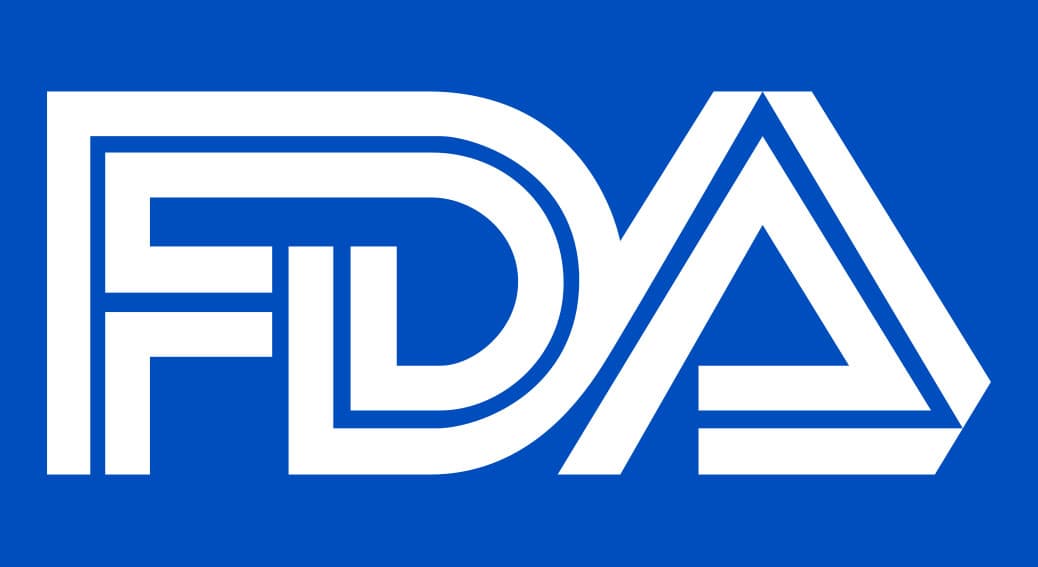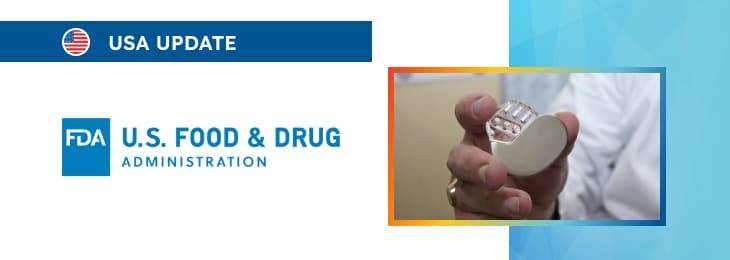The new article covers some specific aspects associated with the evidential expectations for implantable devices, such as human factors, clinical performance testing, and labeling.

Table of content
The Food and Drug Administration (FDA or the Agency), the US regulating authority in healthcare products, has published a draft guidance document dedicated to evidentiary expectations for 510(k) implant devices.
Once finalised, the document will provide an overview of the applicable regulatory requirements, as well as additional clarifications and recommendations to be considered by medical device manufacturers and other parties involved to ensure compliance with it.
At the same time, it is essential to mention that provisions of the guidance are non-binding in their legal nature, nor are they intended to introduce new rules or impose new obligations.
Moreover, the authority explicitly states that an alternative approach could be applied, provided such an approach is in line with the existing legislation. It has been agreed with the authority in advance.
The scope of the guidance also covers certain specific aspects to be considered by medical device manufacturers and other parties involved when assessing the evidence to be submitted to support claims made when placing a new product on the market.
Human Factors and Usability
In particular, the FDA emphasizes the importance of assessing human factors and usability in the development and approval of 510(k) Implant devices.
In this respect, the authority emphasizes how important it is to examine how differences in user interfaces between new and predicate devices might impact their safety and effectiveness.
Manufacturers are advised to conduct a comprehensive use-related risk analysis as part of their design controls. This analysis should incorporate evaluating risks specific to the device’s use and the measures implemented to mitigate these risks.
The American National Standards Institute (ANSI), the Association for the Advancement of Medical Instrumentation (AAMI), and the International Organization for Standardization (ISO) 14971 provide a framework for this analysis by defining risk as the combination of the probability of occurrence of harm and its severity.
Given the challenges in accurately determining the probability of use errors and their unpredictable nature, the severity of potential harm becomes a more significant factor in designing devices to eliminate or reduce damage.
If use errors could cause serious harm, the FDA recommends applying appropriate human factors and usability (HF/U) engineering processes, following the guidance dedicated to “Applying Human Factors and Usability Engineering to Medical Devices”.
As further explained by the authority, during 510(k) Implant development, it is also important to focus on the user interface, including all interaction points such as displays, controls, packaging, labels, and instructions.
The objective is to design user interfaces that minimize or eliminate use errors that could lead to harm or compromise medical care.
Special consideration should be given to devices with complex interfaces, particularly those implanted by healthcare professionals (HCPs) and require post-implantation management by patients or HCPs.
FDA guidance suggests considering the workflow, interactions among different user groups, and the overall lifecycle of the device, encompassing maintenance and removal. Testing should contain all tasks and workflows relevant to the device’s expected lifespan.
For specialized implantation instructions, the manufacturer’s training for the implanting physician should reflect differences in the device user interface and implantation techniques compared to similar devices and current standards of care. The training in summative evaluations should mirror what actual users will receive.

Clinical Performance Testing
While clinical data is not typically necessary for most 510(k) submissions, certain scenarios may require such data to support substantial equivalence (SE) determinations.
The 510(k) Program Guidance and the draft guidance on “Recommendations for the Use of Clinical Data in Premarket Notification [510(k)] Submissions” detail scenarios where clinical data might be necessary.
This guidance is intended to provide context for situations requiring clinical data, particularly in a benefit-risk assessment for new devices with different technological characteristics.
Clinical Performance Testing
While clinical data is not typically necessary for most 510(k) submissions, certain scenarios may require such data to support substantial equivalence (SE) determinations.
The 510(k) Program Guidance and the draft guidance on “Recommendations for the Use of Clinical Data in Premarket Notification [510(k)] Submissions” detail scenarios where clinical data might be necessary.
This guidance is intended to provide context for situations requiring clinical data, particularly in a benefit-risk assessment for new devices with different technological characteristics.
Patient Experience Information
The FDA encourages incorporating patient experience data, including patient preference information (PPI) and patient-reported outcomes, in SE determinations for implants.
These perspectives are valuable when relevant and reliably measured, contributing to the regulatory decision-making process. Patient-reported outcome instruments are useful in capturing endpoints in clinical studies. Submitters are advised to consult FDA guidance on patient-reported outcome measures and the integration of PPI in decision-making, especially when considering expanded indications for use.
Labeling and Other Recommendations
The document also describes in detail the approach to be followed when it comes to labeling accompanying a medical device when supplied in order to ensure the important information necessary for using it in a safe and efficient manner is duly communicated to the relevant parties.
Instructions for Use
The 510(k) submission must include detailed proposed labelling per 21 CFR 807.87(e). Since implants are generally prescription devices, they are exempt from having directions for lay use, provided conditions in 21 CFR 801.109 are met.
The labelling should include comprehensive information for safe and effective use by practitioners, covering such aspects as indications, effects, administration methods, and hazards. Information for patients about the risks associated with the implant is crucial, and manufacturers should provide patient information in a format that practitioners can easily convey to their patients.
Implant Cards and Other Patient Information
To ensure continued safety, manufacturers should also provide patients with information about their implants. This could include implant ID cards or other forms of labeling, detailing implant identifying information, device composition, information on reporting adverse events, and for MR conditional implants, conditions for safe MR use as outlined in the FDA guidance “Testing and Labeling Medical Devices for Safety in the Magnetic Resonance (MR) Environment”.
The FDA also recommends that manufacturers provide this information in a patient-friendly format and encourages discussion with the appropriate FDA review division regarding patient labeling for 510(k) Implants.
Conclusion
In summary, the present FDA guidance addresses some of the important points to be taken into consideration by medical device manufacturers in the context of evidential expectations for Implant devices intended to be marketed and used in the US. The document describes in detail the key types of evidence and provides additional clarifications to be followed.
How Can RegDesk Help?
RegDesk is a holistic Regulatory Information Management System that provides medical device and pharma companies with regulatory intelligence for over 120 markets worldwide. It can help you prepare and publish global applications, manage standards, run change assessments, and obtain real-time alerts on regulatory changes through a centralized platform. Our clients also have access to our network of over 4000 compliance experts worldwide to obtain verification on critical questions. Global expansion has never been this simple.

